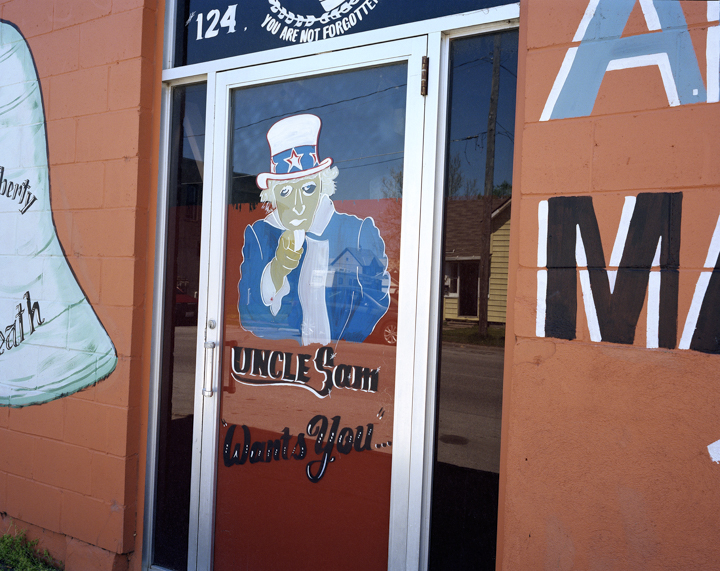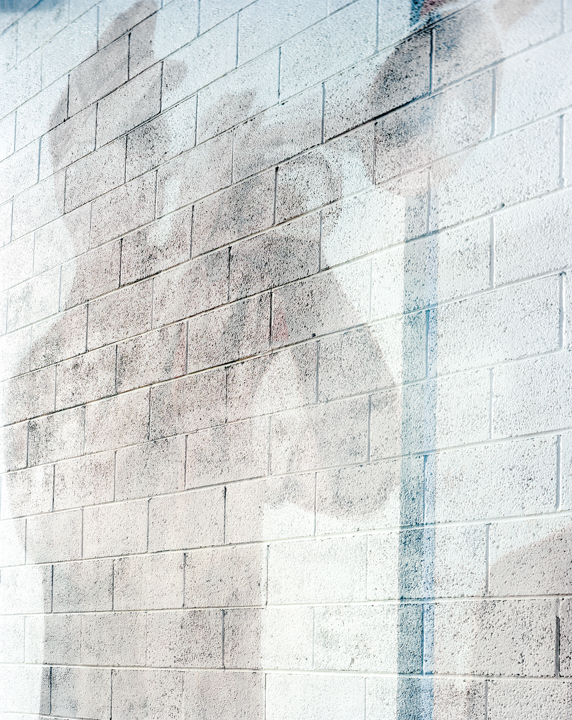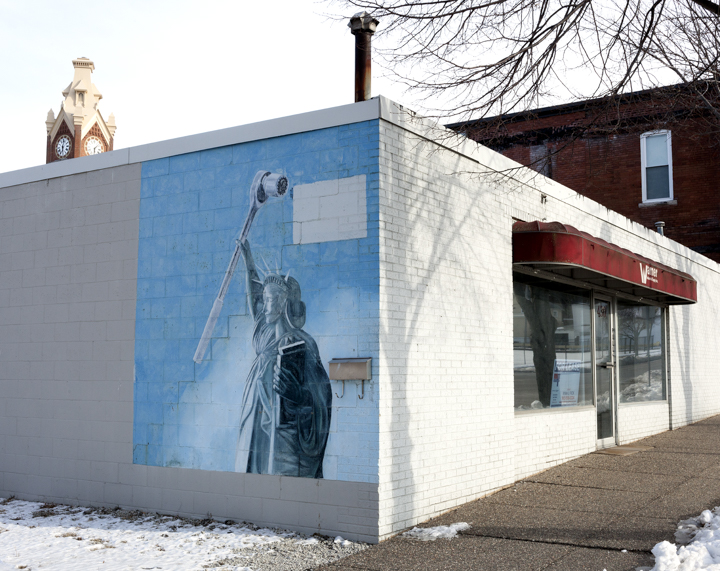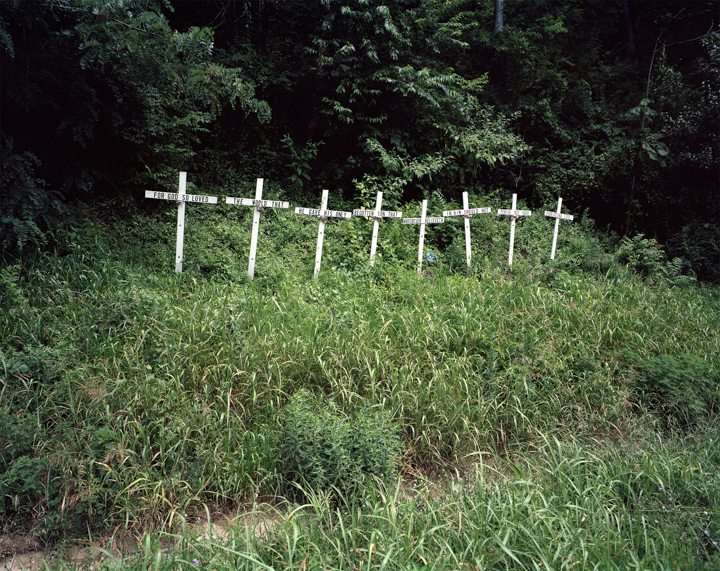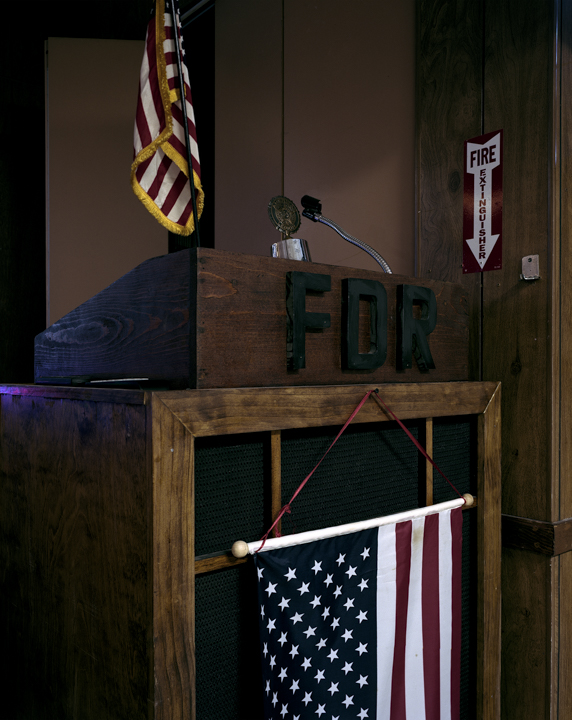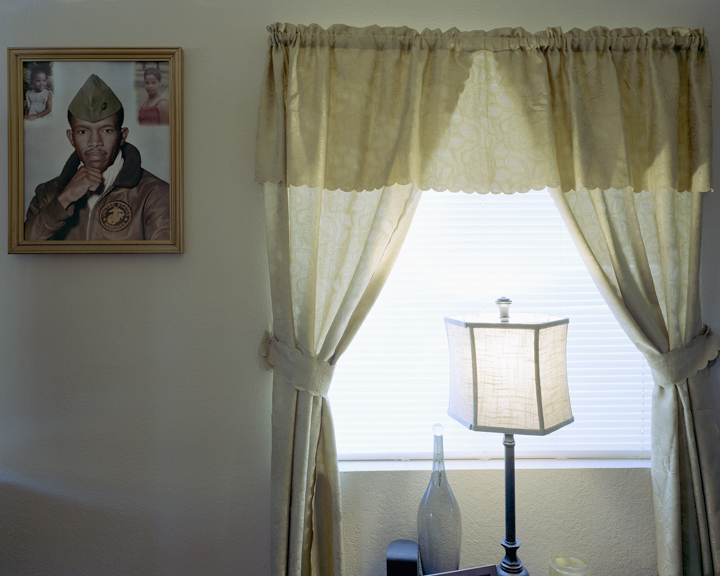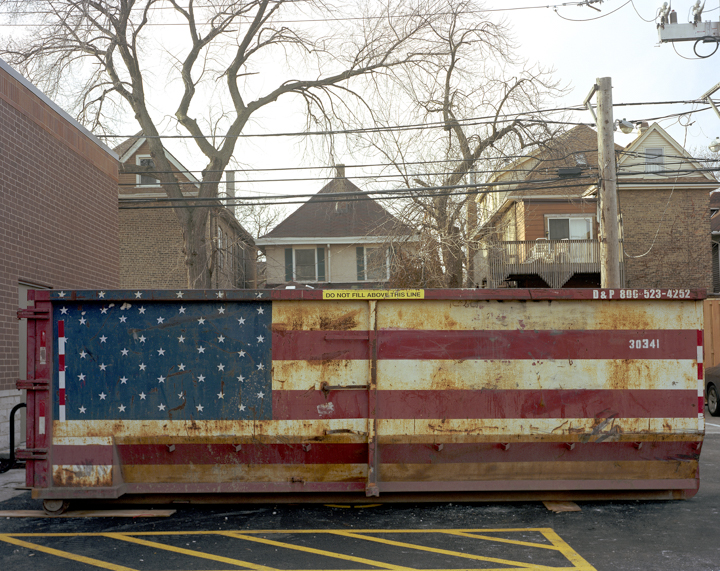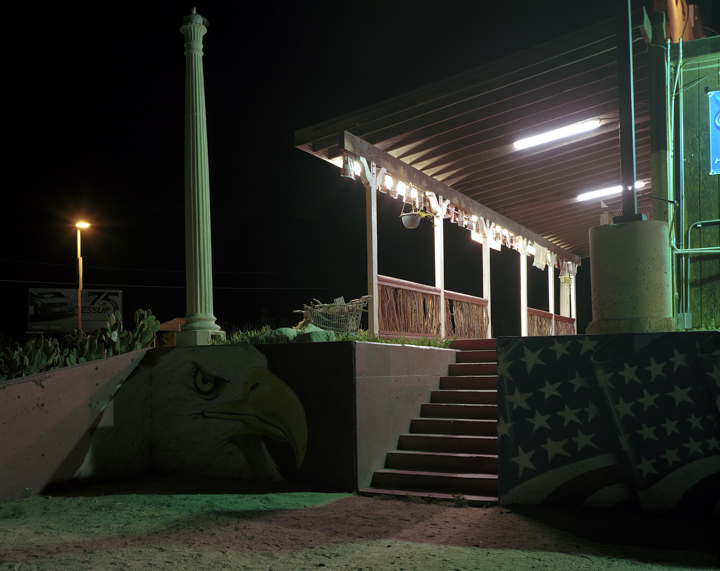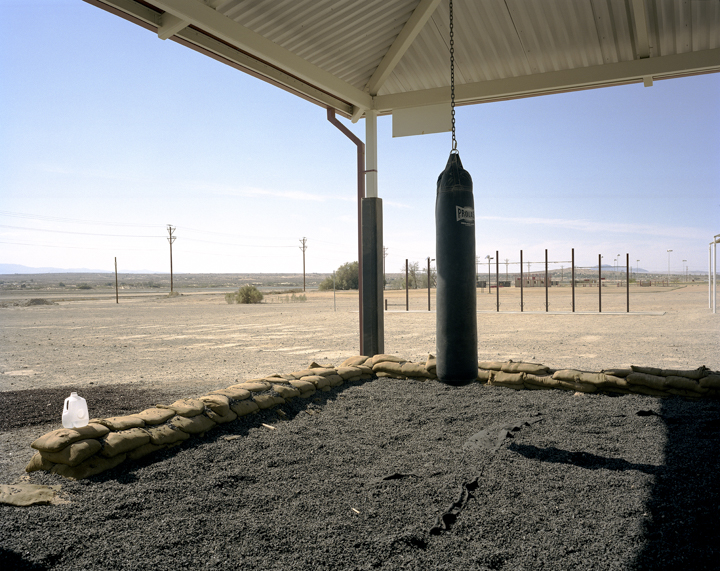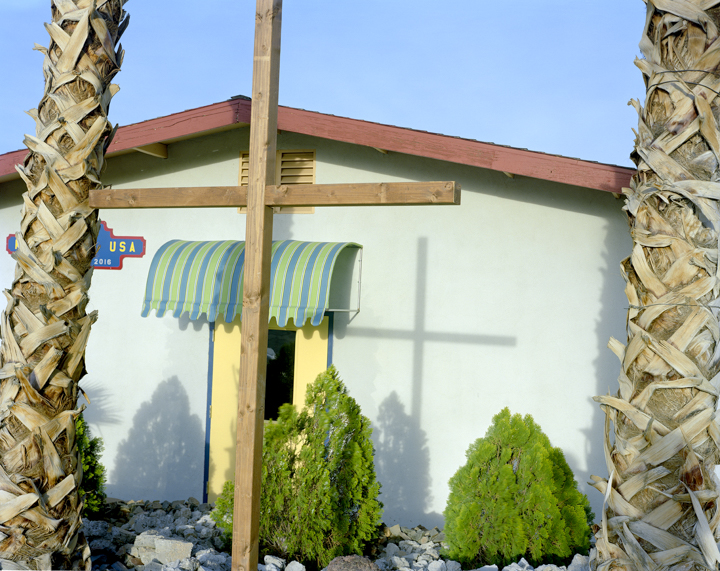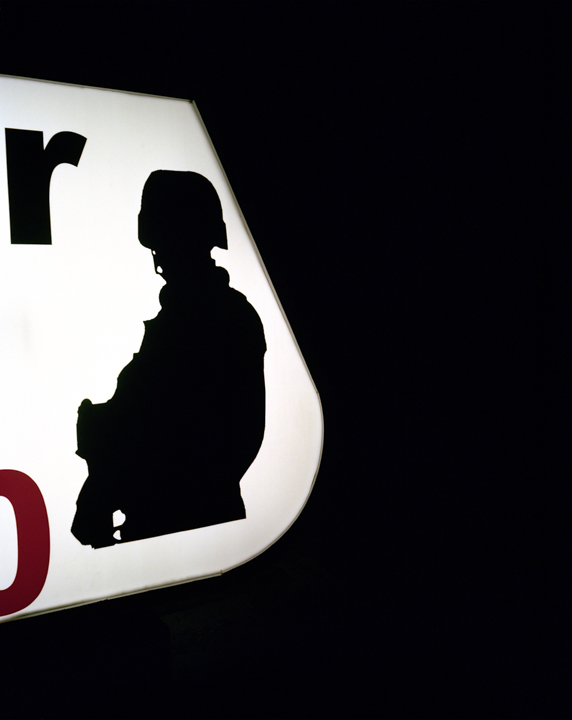Q&A: jasmine clark
By Jess T. Dugan | March 2, 2017
Jasmine Clark is the daughter of two United States Marines and grew up in a military community in Twentynine Palms, California (MCAGCC). Clark received her BFA in Photography from California State University, Long Beach in 2010 and received her MFA in Photography from Columbia College Chicago in 2016. She is currently based in Chicago, IL.
Jess T. Dugan: Hello Jasmine! Thanks so much for taking the time to speak with me. Let’s start at the beginning- how did you discover photography and when did you decide to pursue a life as an artist?
Jasmine Clark: I remember carrying around this 35mm point and shoot camera in elementary school. In ninth grade, I received a 1MP camera as a gift and obsessively took photos for an entire year. I continued photographing for my high school’s yearbook. The teacher did not have a photography background and trusted me to take the photographs I wanted. We did have a tiny darkroom, but I was never able to use it. In undergrad, I started studying chemistry. I loved the science lab. I took my first formal photography class during my second year and fell in love with film photography and the darkroom. I switched my major and devoted myself entirely to photography. I am very happy I learned analog photography. I did the assignments, I had an eye for composition, but nothing really clicked artistically until I started photographing in my hometown. I was always interested in documentary photography after seeing photographs in history books. It was when I saw An-My Le series Small Wars that my trajectory as a photographer changed. Le’s large scale photographs made in my hometown of 29 Palms, California challenged how I viewed photography and how I could use my hometown as the subject of artistic work. I was always told to make art about what makes you different or set you apart. For me, it was being a United States Marine Corps “brat.” I was never interested in showing the obvious indicators of military presence; it was boring, yet fascinated everyone else. I figured out what perspective and access I have that is also a surprise to me. I began photographing in one of the many barber shops. I have this specific point of view on military life, that also engaged my obsession and frustration with American culture and documentary photography. I ended up pursuing my BFA and completed my MFA in Photography last year.
JTD: Tell me about your project “After Eisenhower.” How did it begin? What challenges have you faced while making it?
JC: After Eisenhower began in 2014 when I started the MFA Photo program at Columbia College Chicago. The title comes from Dwight D. Eisenhower’s 1961 farewell address when Eisenhower coined the term: military industrial complex. He warned the American public about the implications the growth of this power will have. There are two lines from his speech: “In conjunction of an immense military establishment and a large arms industry is new in the American experience. The total influence -- economic, political, even spiritual -- is felt in every city, every Statehouse, every office of the Federal government.” This is what my project is essentially about; exploring how the influence of the military industrial complex directs American culture and my own ideologies.
I considered what exemplifies 29 Palms as a place that is directly engaged and economically supported by the military. The flags, the murals, the support systems, and the omnipresent American iconography reinforce military culture and a very specific piece of American patriotism, sometimes nationalism. I posed a question: how can I engage alike themes while living in Chicago? These symbols exist everywhere. To date, the series consists of photographs made in 29 Palms, Chicago, IL and small and medium cities located throughout the Southeast and Midwestern America.
JTD: “After Eisenhower” is heavily informed by your personal history of growing up in a military family, yet it also engages with broader social and political issues. Was it difficult to find a balance between the personal and the social? How did you decide what to include or exclude in your photographs?
JC: I found it challenging, while receiving feedback, to articulate how the work is inherently personal and also move the conversation beyond the work being exclusively about the military. I want to engage in complex topics without heavily dictating my own bias. A goal of mine is to engage and not alienate multiple points of view. I do not want to completely dictate how someone reads the work, though I am deliberate about my attempts to open the dialogue about the implications of what I include in the frame.
I never thought of personal and social as mutually exclusive. My personal dictated my social and political engagement in the space I occupied growing up. As I got older, the more complex the conversations became, also influenced by my choice to actively engage in polarizing topics. Photography helped sharpen my thoughts towards these issues and pick up the slack when words fail me. I look to artists whose work is informed by their personal history. It all goes back to making work about what makes you different or special. That is being a proud military brat. I am very deliberate in my framing. Though I focus on ubiquitous symbols and iconography, like the America flag, I am very selective about what I photograph. The context (environment and placement) in which these symbols exist is fundamental. I still shoot film, primarily 4x5, and the engagement with this tool is still important at this moment.
JTD: Throughout the series, there are several representations of people- framed photographs, painted murals, iconic stickers, etc- but there are no literal portraits. Can you speak about your choice to avoid direct portraits while clearly including references to the individual, human experience?
JC: When you photograph a person, you have a degree of moral responsibility of representation, especially in an art context. There is some degree of control over how that person is presented in the photograph: placement in the frame, environment, use of light, expression. However, I cannot control how the resulting photograph is read. At this point in my work, I do not want people I photograph to be read as ‘symbols.’ I do not want leave a person open for interpretation until I figure out how I want to portray people in a way that sits right with my intentions and adds something to the project. The critical discourse of the work could be placed on the individual person instead of the system. I have reverence for the symbols and what they are supposed to represent. I support each individual and their right to serve, however, I want to critique the constructs and systems in place. The human gesture and individual presence is important in the work. With this specifically American culture and military culture iconography, I am fascinated by how the non-industrial displays such as a hand-painted sign or mural shows more ‘pride for country’ than a billboard. Anyone can string up a flag, but that act of making something by hand is compelling.
JTD: In your recent feature in Fraction Media, you wrote “as an African American female who identifies as queer, my own conflicted views of the military spurred my curiosity about its role in American life.” To what extent, and in what ways, is your work informed by your personal identity?
JC: It’s complicated to address this without acknowledging the distinction between each: African-American, female, and queer. I have thought a lot about how I exist in the world, and in turn, what space I want to occupy as an artist. How I am identified, how I identify, what identifier(s) do I have control over? Growing up in a military community, my sister and I were exposed to the ideologies of American patriotism and militarism. We learned the critical distinctions between the two; namely, that the embedded framework of American patriotism is inseparable from and in service to the systemic cultural narrative that dark skin (one example) is a negative. How do you engage a world that views any aspect of your identity as a negative or disadvantage? There is a lot of power in actively taking control of one's identity and my order is deliberate. The first is something I cannot and would not change about myself, second (my gender) I have a certain degree of control over how I outwardly present, and the third, queer is the first term I am comfortable actively ascribing to. My relationship to queerness is as a social and political label. What is missing is that I am American. This supersedes all of those other identifiers, having informed my sense of self since before I started photographing.
JTD: You began this project several years ago, long before any of us could have imagined the disaster that is Donald Trump. Have your views about this project changed as a result of the recent election and current political climate in the United States?
JC: My thoughts about the project are in constant flux. The main question I ask myself: Is the work relevant? If not (or even if yes), how do I challenge myself? I waited for the election results to see how that would dictate my next steps. I imagined our current predicament could actually happen after Trump made his first speech about the ‘Mexican rapists’ and ‘The Wall’ and was not immediately vilified. The real kicker was when Mike Pence was chosen as his running mate. It sparked a new trajectory for my project. Moving forward the locations will be dictated by my research into battleground states from the past 3 presidential elections. I am focusing on photographing “middle-America” and my stretch goal is to photograph in every swing state before the midterm elections and see what impact my work may have in November of 2018.
JTD: How do you anticipate that the series will change going forward?
JC: After Eisenhower is the framework for my practice. I identified the aspects: patriotism, militarism, “American" iconography and their relation to complex polarizing issues such as religion, race, class, identity, gun control, and individual rights. I want to have chapters that delve deeper into each aspect starting with religious iconography and individual rights. I anticipate change will come with engagement into each issue and informed by research, speaking to more people, and visiting new places.
JTD: What’s on the horizon for you as an artist?
JC: I will be speaking at SPE on a panel titled “Dissecting the National Imagination.” The panel includes 3 other female artists, including an undergraduate professor of mine, who question and examine masculinities: looking at how these dominant iconographies in public spaces, family albums, and regional and national identities obscure more complex individual identities and possibilities. I am currently a teaching artist at Marwen, a non-profit arts organization in Chicago. I am also actively seeking places to show work and funding to help complete the next phase. My 2017 goal is to find a publisher for After Eisenhower and continue creating and defining a space for my work and work by other artists of color.
All images © Jasmine Clark






